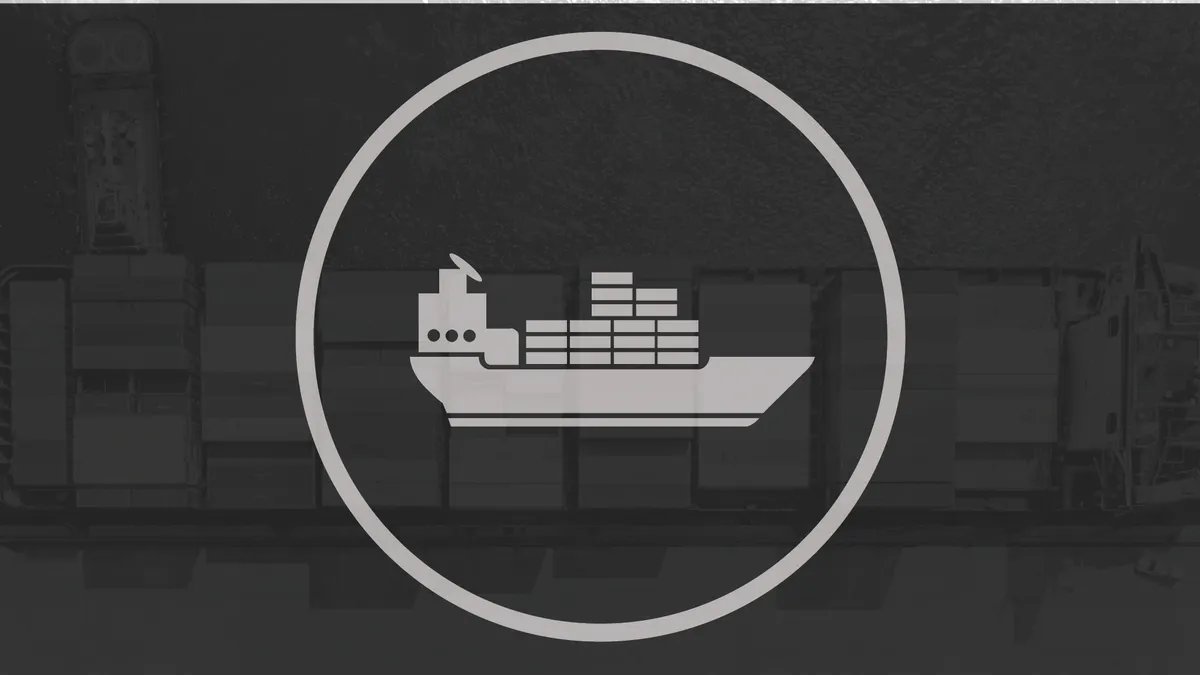Dive Brief:
- The Port of Los Angeles, Port of Long Beach, The Northwest Seaport Alliance and the Port of Oakland saw their import volumes slip from January to February.
- The Northwest Seaport Alliance saw the biggest change with a 29% decrease in imported loaded TEU volume between January and February. This was followed by Los Angeles with a 23% decrease. Long Beach and Oakland had 7% and 17% month-over-month volume decreases, respectively.
- All four ports also experienced lower imported loaded TEU volume in February 2019 than in February 2018. The Northwest Seaport Alliance saw the largest year-over-year decrease at more than 14%. Long Beach had a 13% year-over-year decrease. Los Angeles and Oakland had 10% and 5.3% decreases in year-over-year volume, respectively.
Dive Insight:
The Port of Oakland said in a press release this is the first decline in import volume since July 2018.
"The Port attributed decreased volume mostly to a pause by shippers following a 2018 global trade frenzy," the Port of Oakland pointed out. "Shipments spiked last year as importers rushed cargo to the U.S. ahead of anticipated tariff increases. Analysts have since predicted an import slowdown due to jammed warehouses and delays in tariff hikes."
The Port of Los Angeles also noted the timing of the Lunar New Year, which was in early February and resulted in cargo being shipped in January rather than February. The 2018 Lunar New Year was also in February.
"After the busiest seven months in the history of our port, the anticipated ease in cargo volume provides an opportunity for us to regroup with our stakeholders," Port of Los Angeles Executive Director Gene Seroka said in a statement.
February numbers are not yet available for all East Coast ports tracked by Supply Chain Dive, but numbers from Port of Charleston, Port of Virginia and The Jacksonville Port Authority show across the board month-over-month decreases in total loaded TEU imports.
Year-over-year numbers, however, tell a different story. While the West Coast was slipping, available East Coast numbers were all up year-over-year. The Port Authority of New York and New Jersey, the largest East Coast port, has not yet reported its numbers for February. South Carolina plans to release its numbers after a board meeting this week.
Virginia Port Authority CEO John Reinhart attributed its record-breaking February to new capacity the port has recently built up. The Port of Charleston did not mention what might have caused its record numbers in February but said it doesn't expect it to last. The East Coast could see the same downturn the West Coast is experiencing, just a little later.













